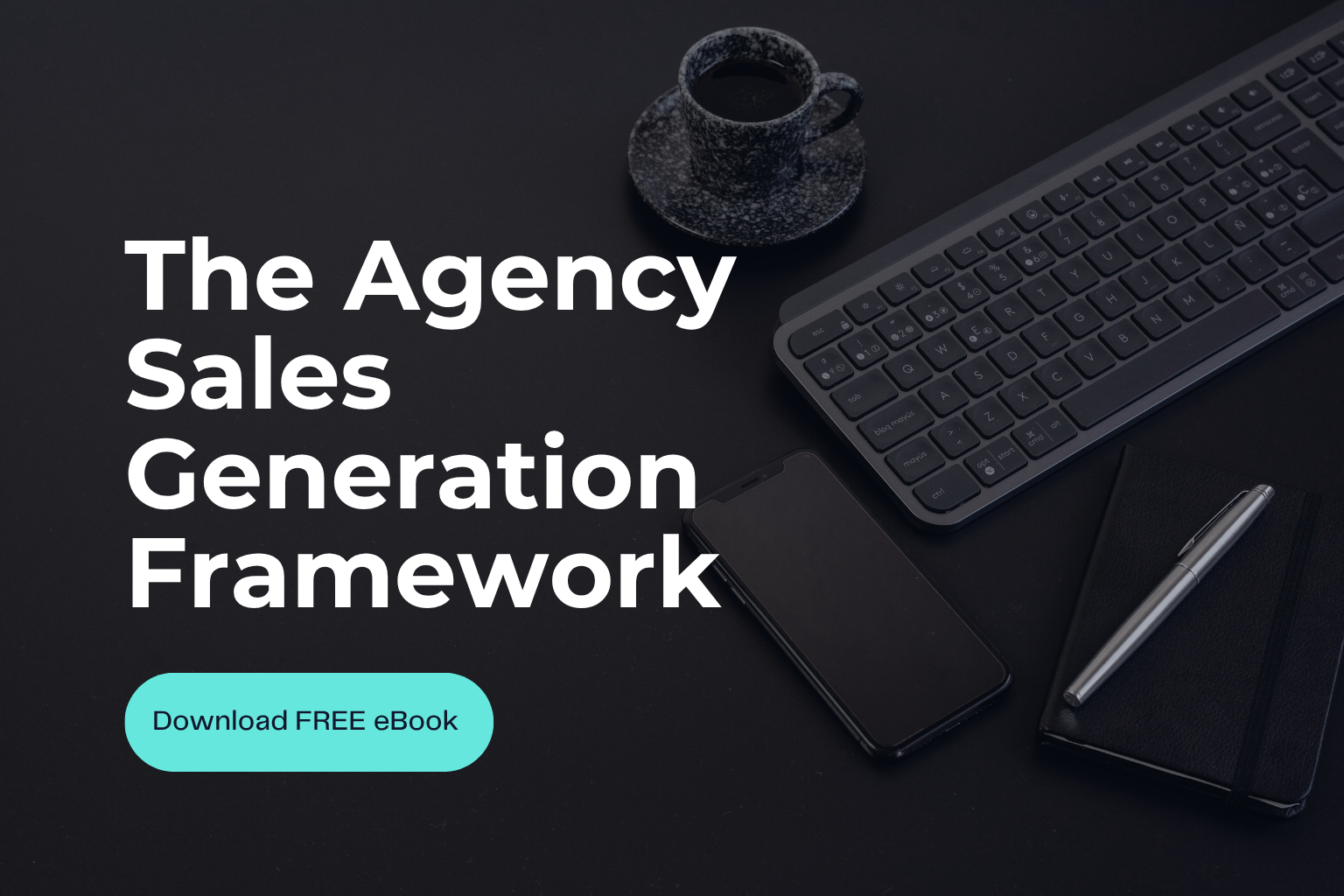If I asked you what the one thing that kills the potential of more agency and service-led businesses that any other is, what would you say?
You might guess ‘cashflow’.
You could say its ‘founder fallouts’.
Or even ‘lack of experience’
But the real killer is actually less tangible. And much harder to prepare for or ‘fix’ if it’s not inbuilt from the very beginning.
What is it?
The simple answer is a lack of a compelling, deeply resonating story – a reason WHY you exist.
I realise in saying it that it all sounds a little twee and insignificant but without a mission to run towards you risk damaging your ability to create a culture capable of propelling you to your maximum potential and will also lack a sales story powerful enough to win against the very best.
This critical missing jigsaw piece is a trait we consistently see amongst those businesses that have yet to break through from the mass of micro companies of 2-30-or-so people.
Build it and they will not come.
To understand this a little more it pays to wind back to the beginning. To the birth of a company.
Many start-ups (particularly in the services space) are increasingly born out of an individual’s ambition to own their own ‘thing’, rather than work for a faceless corporation. Barriers to entry are now so low in many sectors and particularly so in the agency space that it has become simple to incorporate and go out on your own.
Often the founder, or founders, doing this have a level of market or practitioner expertise having built up experience working within another business.
That often means they have a skill that is in demand and in the agency space it can be very easy, for example, to find your first few clients. Quite often you’ve worked with them previously, they trust you and they come over on that basis alone.
And so, the journey begins. Over time you win a little more business here and there, through connections, referrals and a little inbound but it’s here the scale challenges begin to show.
Starting backwards.
Whilst this approach can undoubtedly be fruitful – and fun – it rarely results in the creation of a truly scalable proposition.
And it all comes back to the fact that the plan – the story- was never there.
As a result, you can eventually start to stumble into issues with hiring, retaining and motivating staff. And you’ll also likely have skipped the critical Go to Market process meaning that there is a lack of deep customer pain point understanding and some fuzziness to who they actually are.
This creates several key challenges that we will cover shortly, but before we do it pays to talk for a moment about the power of the mission itself.
Mission powers early-stage
As you’ll know well if you’ve run, or worked in, an early-stage start-up of any kind you have to work so much harder at the beginning as you lay the track down in front of you. As a leader in these organisations the ONLY way you can really make it work is through an absolute and relentless pursuit on every front.
Where larger businesses have a ‘back office’ of specialists helping with everything from HR and finance to marketing and anything in between and processes for everything, all you have as a founder is energy and ambition.
The very best make up for that lack of experience and support simply by expending energy – and LOTS of it.
It works for a while too but eventually you need others to feel that same motivation – and this is where ‘mission’ plays a key role.
By being able to clearly articulate what it is you are fighting so hard for and why you will be able to ensure that same sense of ambition and drive is instilled right across the team.
If asked they should immediately and passionately be able to explain not just WHAT you do but WHY it matters.
Many will say that they know their why but in practice, and when pushed and prodded, the answer just doesn’t go deep enough, resonate enough on an emotional level, or can be backed up by a solid and demonstratable ICP (ideal Customer Profile) research process.
So, let’s dig into that quickly now.
Getting to your Why
Whilst this certainly is NOT a deep dive guide into setting Why (that’s in the works) it is important to understand how you go about setting one correctly.
The process should ideally sit alongside and run as part of your wider GTM process, but it can come first if your reason for starting the business is so compelling and obvious that it naturally comes first.
The main test, and the thing I always ask those that say they have it, is to read it out and ask ‘why?’ If the answer is not immediately obvious then it hasn’t been thought about deeply enough.
For instance, you may say your ‘why’ is something like:
‘We are the first AI-first creative agency in the UK, and we are built from the ground up to maximise its effectiveness.’
But this simply isn’t asking deep enough questions. It fails to resonate emotionally and doesn’t talk directly to your ICP’s pain points.
Instead, you need to ensure it stands for something that matters. Are your potential clients/customers being ‘ripped off’, or is there a massive structural shift happening that will leave a lot of your customers behind, and you need to ensure they don’t miss out, or lose?
These are some of the things that create a sense of mission.
Selling your Why
It’s not just enough to have a compelling reason for existing. You must ensure you ‘live’ it every day, that you weave it into your constantly ‘on’ internal comms framework to positively reinforce and remind everyone why you exist and what you fight so hard for.
For me that means structuring your all hands meetings to highlight behaviours and actions that has reinforced it. To constantly talk about it in company updates and presentations – and to of course include it in your pitches and external comms with clients and customers through all of your marketing and messaging.
It’s the heartbeat of your organisation.
It doesn’t happen overnight.
Getting your people to live and breathe this approach doesn’t just happen quickly. This is another reason why your why and mission have to resonate emotionally and become part of your belief systems, as this deep level of connection is the only way to ensure you can ‘sell’ it powerfully enough.
You have to BELIEVE it to be true.
Backing it up with research
Alongside the work to define why you exist you must also ensure that it works hand-in-hand with your client pain points. After all, there is no future in a business that fails to align its services to solving a true customer pain in the present.
To do this well it’s imperative that you work through a solid Go to Market process and that means spending time interviewing your key target (or existing) customers to really get under the skin of their day-to-day lives and the current challenges and pains they face.
ICP
From this research you should be able to build up a clear picture of your ICP (or ideal customer profile). For more info on how to do this you can check out this handy guide.
Personas
Once established you can then start to break that view down into one to four personas. Think of these as richer views of your target clients.
For an agency doing this could allow you to better segment your prospect base by things such as geography, service offering or sector and doing this very quickly gives you a brilliant idea of how you might start to reach them.
Messaging
That will almost always mean you can develop messaging that very specifically talks directly to their pain in the present and this can form part of your sales scripts, email campaigns and advertising messaging.
It will also make building the marketing and sales strategies much easier, more personalised, and more impactful.
But what about your story?
All of this is great to get into of course. But the secret sauce lies not in any framework or business process, but instead a belief that what you are doing, and building, matters. Find this and you’ll have everything you need to scale as far as you want….



